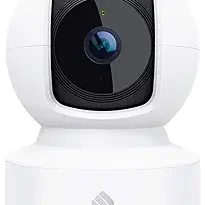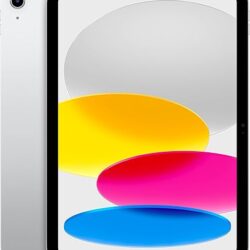- 3. 人称代词的用法
3.1 人称代词是用来指代人、动物或事物的代词。它必须在人称(第一人称、第二人称、及第三人称)、数(单数、复数)以及性(阴性、阳性、中性)三方面与被指代的名词一致。
I am a student.
 亚马逊导购
亚马逊导购  读新闻学外语
读新闻学外语  卑诗省当天新盘
卑诗省当天新盘
Tom is a boy, and he is a student.
Mary is very pretty, and she likes singing.
The boys are students, and they are in the room.
The doy is small. It is Tom’s.
3.2 人称代词的句法功能
3.2.1 人称代词有主格和宾语之分:主格用作主语,宾格用作宾语。
3.2.2 人称代词的主格形式在在句中作主语和表语。
I like music. (主语).
She is a teacher. (主语)
She and I are good friends. (主语).
Neither she nor I am student.
——I saw the boys this morning.
——Are you sure it was they (表语)?
3.2.3 人称代词的宾格在句子作动词的宾语,或者介词的宾语。
I saw him at the party. (宾语).
I haven’t seen them recently. (宾语)
I bought a book for them. (作介词宾语)
=I bought them a book. (间接宾语)
注意:
a. 在口语中,人称代词的主格形式作表语时,常常可以用宾格替换。
It can’t be he/him.
——Is this Mr. Green?
——Yes, this is he/him.
b. 在口语中,当人称代词用于than, as 之后或用于强调句中被强调时,用主格(较正式)和宾格(较口语化)均可以。
He sings better than I/me. 他比我唱得好。
You know more than she/her.
She is as tall as me (I am).
c. 单独使用的人称代词通常用宾格,即使它充当的是主语也是如此。
“I like English.” “我喜欢英语。”
“Me too=I like English too.” “我也喜欢。”
——Who did it?
——Them. (=They did it)








